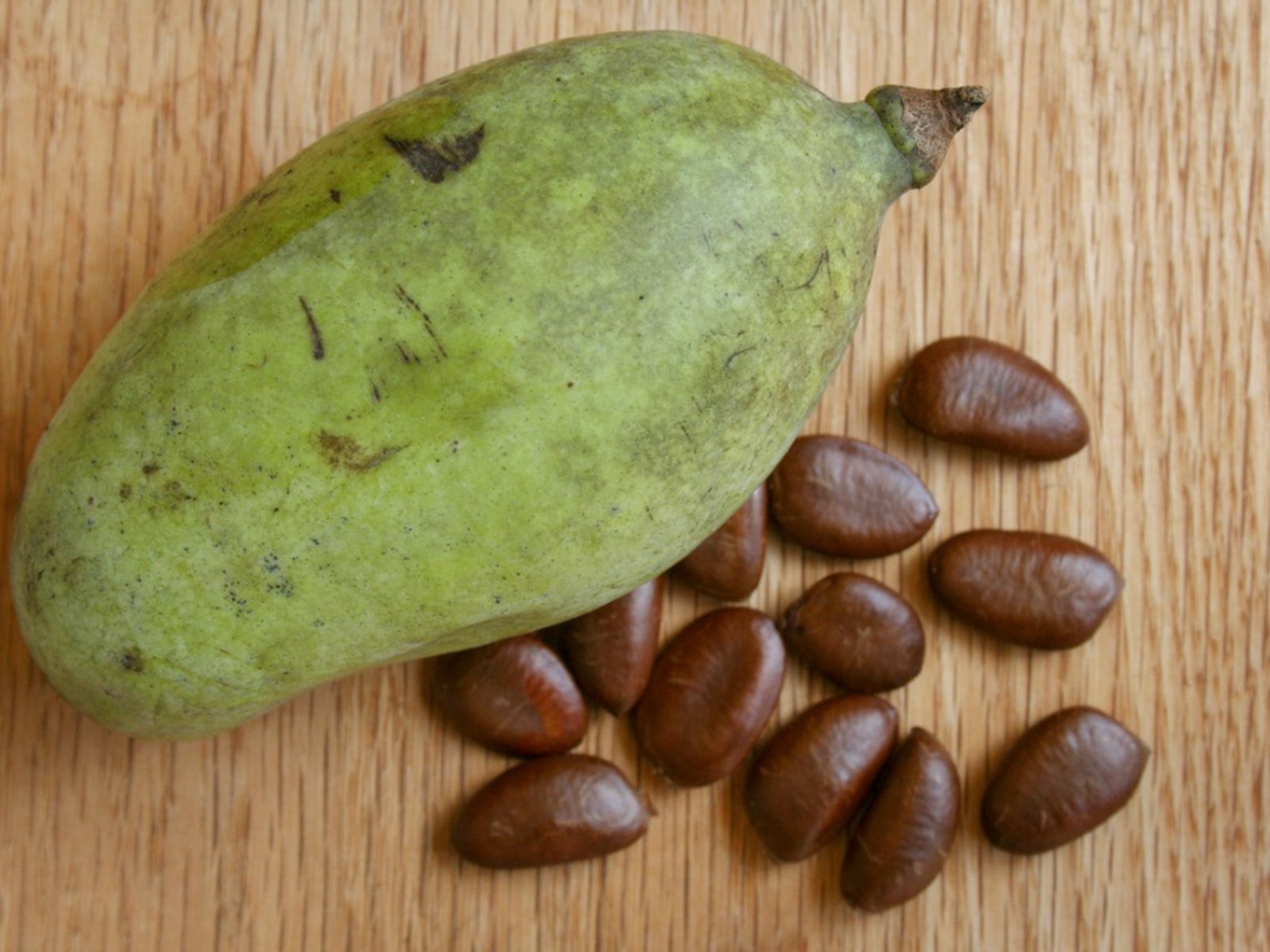About Pawpaw Trees: Tips For Planting A Pawpaw Tree


The aromatic pawpaw fruit has a tropical flavor, resembling creamy custard made from bananas, pineapples, and mangos. The tasty fruit is popular with raccoons, birds, squirrels, and other wildlife as well as man. Ornamental qualities include an attractive shape that can be pyramidal or conical, and leaves that often turn brilliant yellow in autumn before dropping from the tree. Pawpaw tree care includes watering to keep the soil moist, a regular schedule of fertilization, and in most cases, hand pollination of the flowers.
About Pawpaw Trees
Pawpaws (Asimina triloba) are small deciduous trees that can fit into almost any landscape. Native to North America, they grow wild in 25 eastern states and Ontario. Thriving in river-bottom lands where the soil is deep, moist, and fertile, you can usually find them growing in clumps and thickets. The pawpaw trees available for sale in nurseries and online sources are usually grown from seeds, although you can occasionally find grafted trees. You probably won't be successful planting a pawpaw tree that was dug from the wild. These saplings are usually root suckers that won't have a good root mass of their own.
Growing Conditions for Pawpaw Trees
Pawpaws prefer a moist, fertile soil. The soil should be slightly acidic to neutral and well-drained. Prepare a soil that is rich in organic matter by working a thick layer of compost deep into the soil.
Pawpaw Tree Care
Help young seedlings and saplings establish themselves by fertilizing pawpaw trees with a balanced liquid fertilizer every few weeks for the first growing season. Afterward, use a granular fertilizer or a layer of compost in spring. Keep the area around the tree weed-free. Pawpaw trees can't pollinate themselves, so you will need two different types of trees to produce fruit. To further complicate matters, the insects that pollinate pawpaws aren't efficient or abundant, so you may have to fertilize the trees by hand to get a good crop. When you can see a brown ball of anthers with yellow pollen grains in the flowers, it is time to gather the pollen. Use a small, soft artist's paintbrush to transfer the pollen from one tree to the stigma inside the flowers of another tree. The stigma is most receptive when the pistils are green and glossy and the anthers are hard and green. Most flowers contain several ovaries, so each flower results in more than one fruit. Don't overdo it! If you pollinate too many flowers, you'll have to thin the crop to prevent the branches from breaking under the weight of the fruit.
Sign up for the Gardening Know How newsletter today and receive a free copy of our e-book "How to Grow Delicious Tomatoes".

Jackie Carroll has written over 500 articles for Gardening Know How on a wide range of topics.